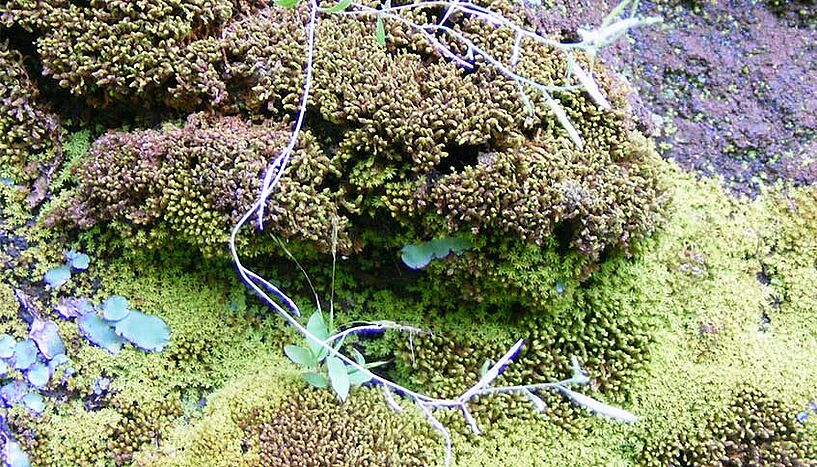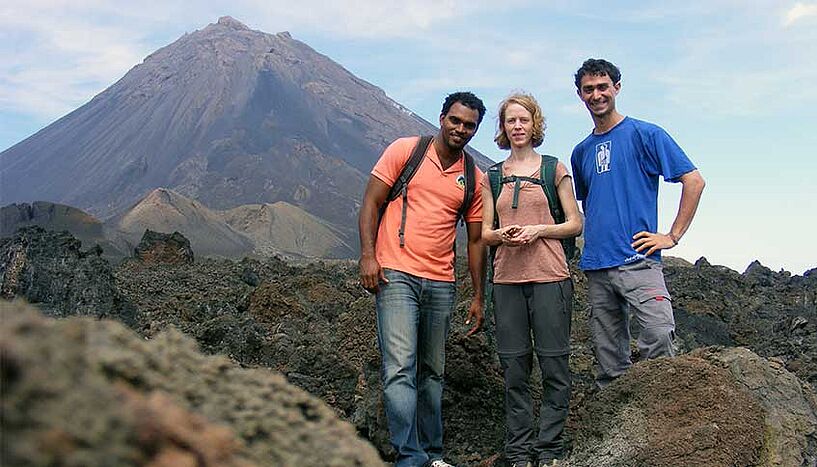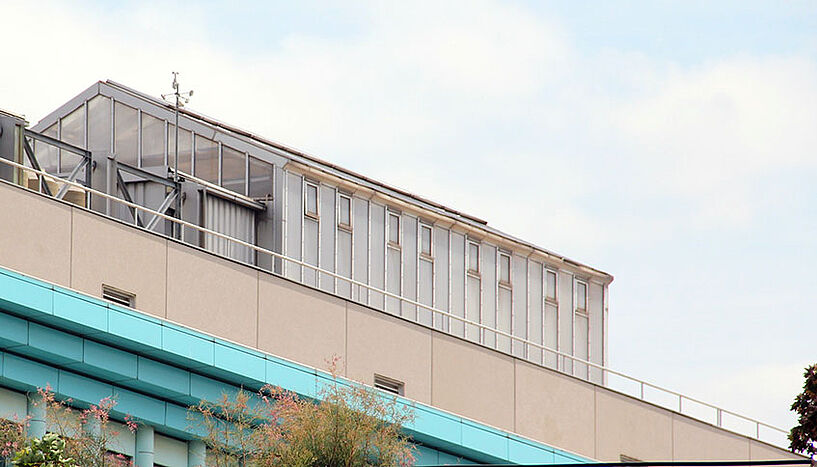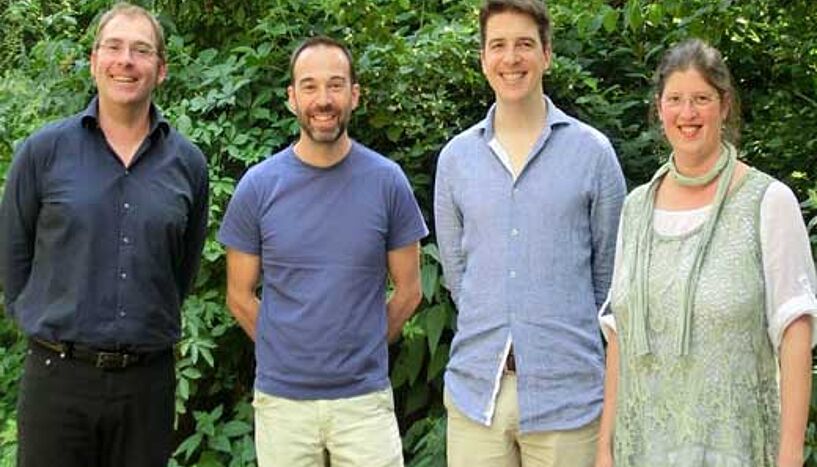Reconstructing evolutionary history
| 11. November 2015Biologist Angela Hancock's current ERC funded project brings the Cape Verde Islands to the Max F. Perutz Laboratories (MFPL): Research with the model organism Arabidopsis thaliana helps her reconstruct the evolutionary history of the plant and uncovers general principles of adaptation.
Angela Hancock works on the evolutionary biology of Arabidopsis thaliana, a model plant that is often used in plant biology and genetics. "Arabidopsis is a useful model for understanding adaptation – it has a broad natural distribution and there is a lot of environmental variation across this distribution", says Hancock.
How do populations adapt to the environment? How repeatable is the adaptive process? Do molecular interactions affect evolutionary trajectories? The molecular biologist has been driven by these questions since the beginning of her career: "I was working in the field of evolutionary genetics and wanted to study in detail a particular case in order to uncover general principles of adaptation and evolutionary change – Cape Verde Arabidopsis seemed like it could be the perfect system."
The mystery about the origin of Cape Verde Arabidopsis
"Islands represent powerful systems for unraveling evolutionary histories because in these systems complexity is reduced to mainland populations and natural processes can be studied in relative isolation", says Hancock. The seeds of one representative Arabidopsis plant were collected 30 years ago on Cape Verde Islands, which are 570 kilometers off the coast of Western Africa. For the past three years, Hancock has been working on this population of Arabidopsis from the Islands.
For many years, Arabidopsis researchers only had one individual to represent the Cape Verde Islands. Since Arabidopsis can be inbred, one plant can be propagated for many generations and it's progeny can be used again and again for research, so there is a lot of information about this single individual plant. This Arabidopsis plant from Cape Verde is peculiar because it is an outlier compared to Arabidopsis from other regions for many traits: for example it has strong seed dormancy, fast flowering, open stomata and a procumbent growth habit.
A lucky finding in Cape Verde
Angela Hancock first went to the Cape Verde Islands three years ago as a postdoc using funding from the VIPS program in order to search for plants. "This was a high-risk adventure. A bit like looking for a needle in a haystack. A friend of mine – Fabrice Roux – joined me for the search. I think we were lucky because there had been a lot of rain that year", so Hancock. Finding out where Arabidopsis grows naturally in Cape Verde provided clues about the peculiar traits observed previously in the single plant from Cape Verde. For example the long, severe dry season, the high UV rate and volcanic soil in Cape Verde likely produced strong selective pressures that shaped the traits in plants growing there.
From Cape Verde to the MFPL
Now Angela Hancock and her team are using the unique populations they found in Cape Verde to uncover the molecular basis for the striking phenotypic divergence found in Cape Verde Arabidopsis. The simulation of the Cape Verde environment is accomplished in high tech growth chambers operated by the CSF GmbH Plant Sciences Facility at the Vienna Biocenter. By bringing this environment to Vienna, they can use quantitative approaches to study trait variation in plants from Cape Verde and compare the phenotypes to plants from other worldwide locations. By integrating these data with complete genome sequences also produced on campus, they hope to uncover the molecular changes responsible for the striking divergence of Cape Verde Arabidopsis.
The Max F. Perutz Laboratories (MFPL) is a centre established by the University of Vienna and the Medical University of Vienna to provide an environment for excellent, internationally recognised research and education in the field of molecular biology.
Science on the spot
"We are going back to Cape Verde soon. Now, the ERC project will allow us to go several times a year to sample plants and collect environmental data. It takes up to three days to get there and the trips are exhausting but also a lot of fun", says Hancock. She collaborates with local scientists at the natural parks on the Cape Verde Islands: "We have had great experiences working in Cape Verde. The scientists and members of the local communities are friendly and interested in helping and hearing about our research. Although Cape Verde is a young country – they have only been independent for 30 years – they are really interested in pushing science and supportive of research."
The main goal of the European Research Council (ERC) is to encourage high-quality research in Europe through funding. The University of Vienna holds in total 31 ERC grants. Angela Hancock is the sixth researcher from the MFPL who was awarded an ERC Starting Grant. The picture shows the biologist at work in the growth chamber at MFPL. (Photo: Daniel Hinterramskogler)
Angela Hancock was working on genetic adaptations to the environment in human populations at the University of Chicago before she came to the MFPL of the University of Vienna in 2011. As a fellow of the Vienna International Postdoctoral Programs (VIPS), she became part of a research group around Joachim Hermisson from the Department of Structural and Computational Biology. In 2014 she was awarded a 1.6 million grant from the European Research Council (ERC) in order to work on Arabidopsis thaliana. (hm)
Angela Hancock, PhD, Department of Structural and Computational Biology, leads the project "Unraveling the history of adaptation in an island model: Cape Verde Arabidopsis" at the Max F. Perutz Laboratories of the University of Vienna and the Medical University of Vienna. The project (duration: from 2016 to 2021) receives funding from the European Research Council (ERC).






